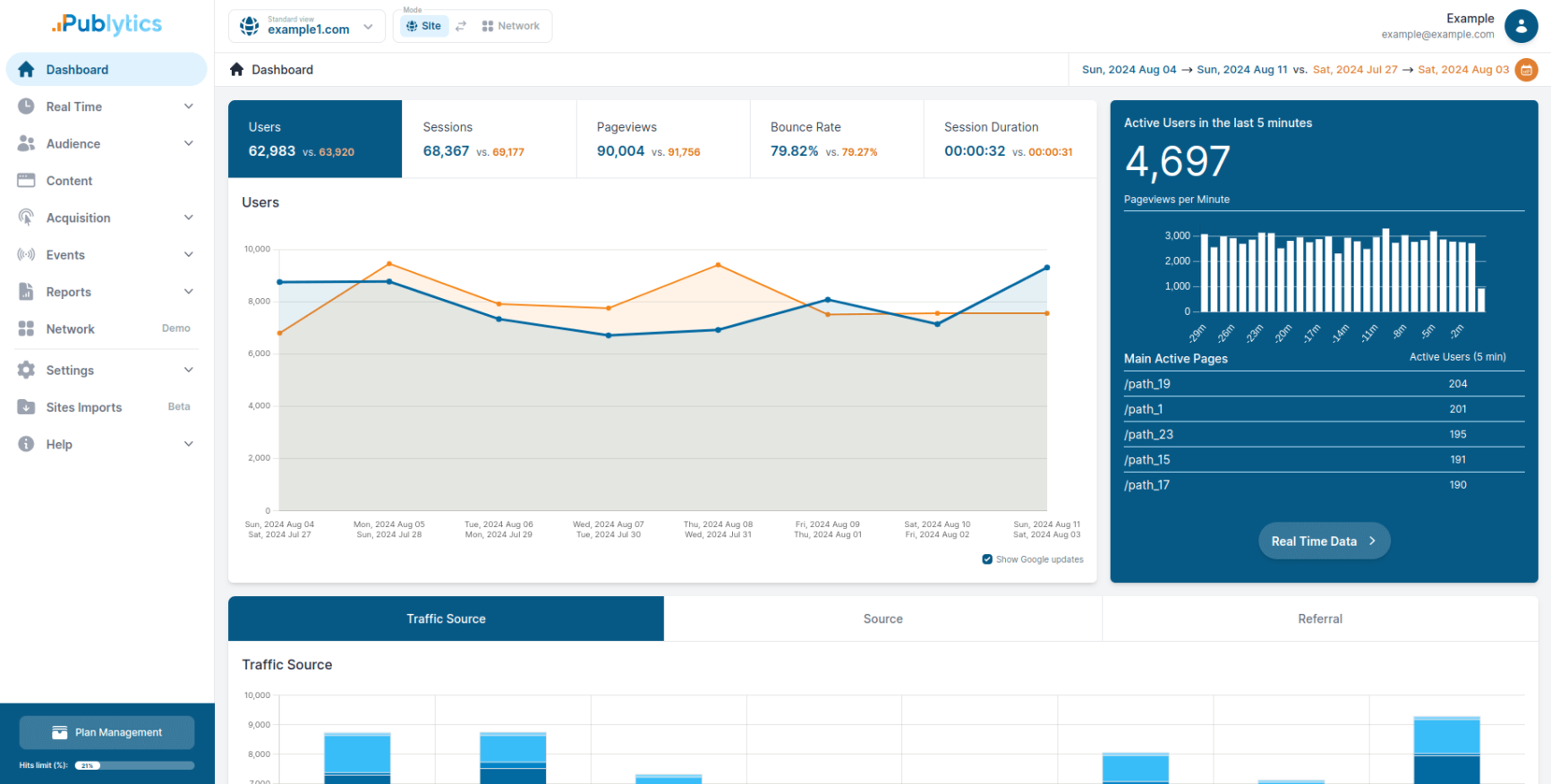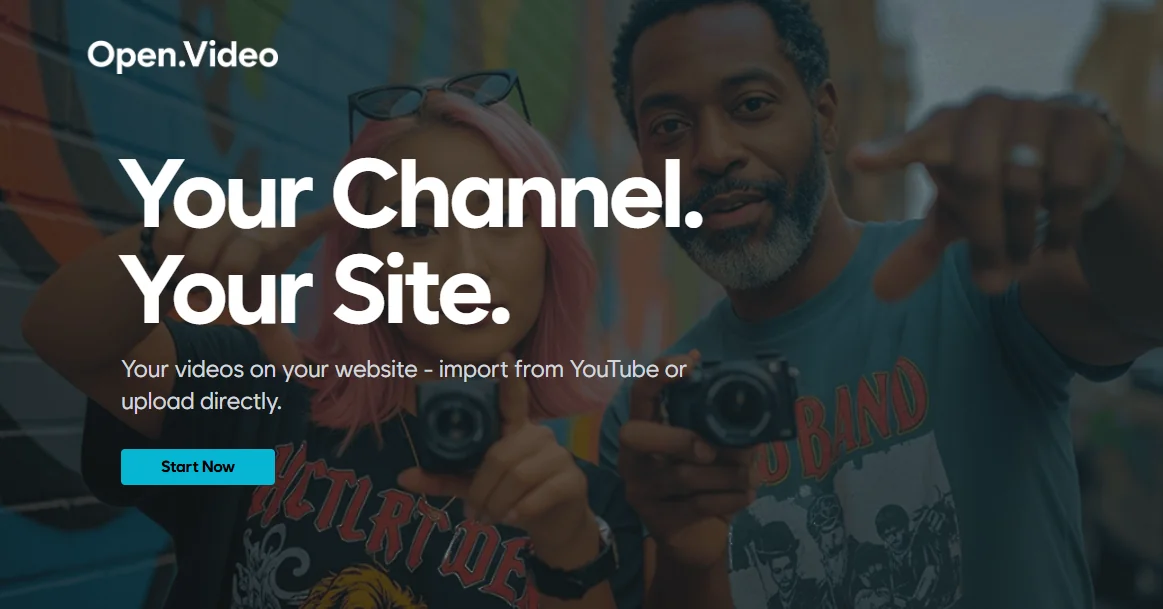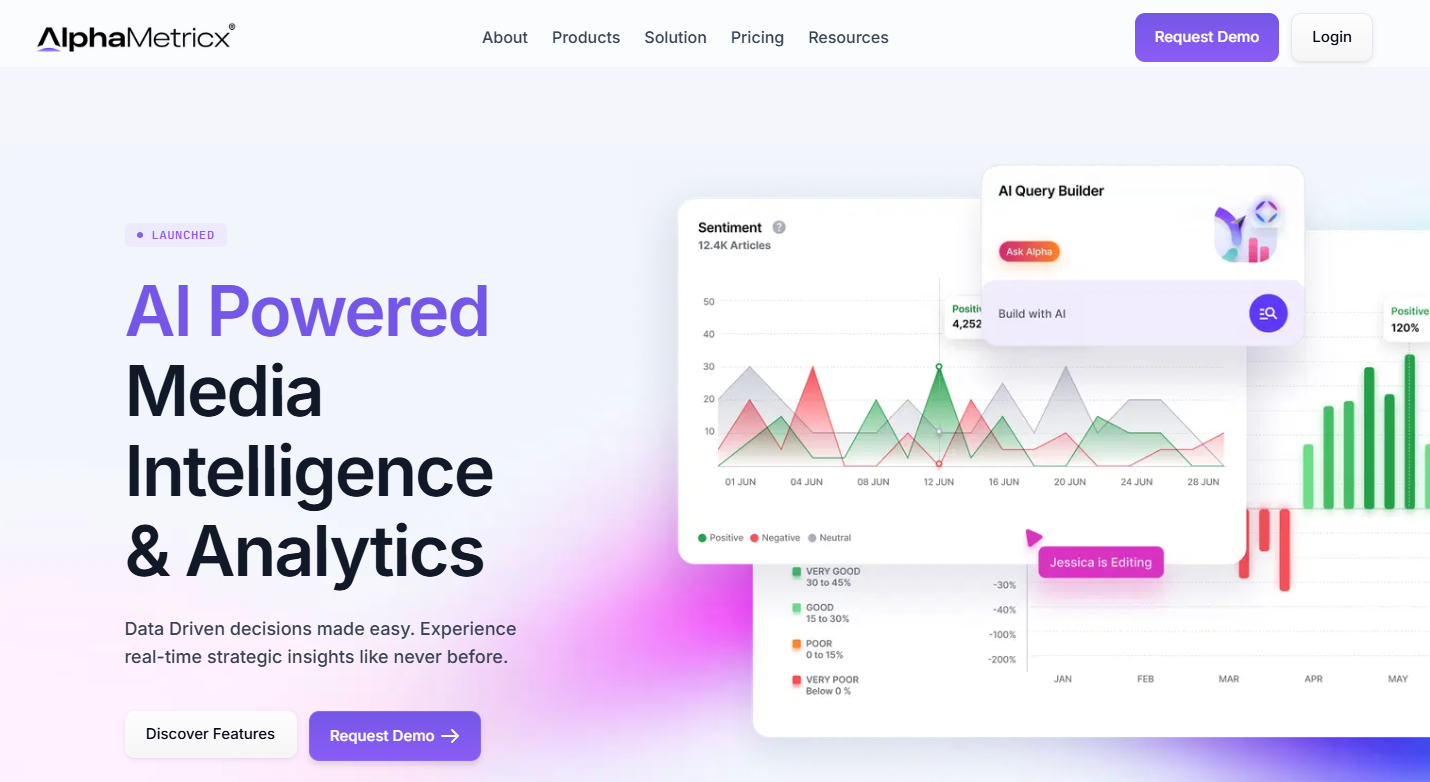As digital publishers, we are always looking for new and innovative content formats to reach our readers and potential new audiences. Here are five to try this year.
Visual-first Stories
Did you know that a text story that contains a picture every 75-100 words is more likely to go viral on social media? That’s what BuzzSumo found in an analysis of more than one million articles. The lesson is this: publishers must treat their images as content.
Approaching your stories with this philosophy can do wonders for creating visually-rich stories that people want to read and share. The brain processes images 60,000 times faster than any other information, and 90% of the information transmitted to the brain is visual. Readers respond to visual information.
The images chosen for a piece of content must be relevant and add value to the story and to the reader. Consider doing picture list posts that are image-heavy with a lot of images illustrating the content, with side-by-side text. These types of posts generate a lot of traffic and are most shared.
Images with text in them also work well, as a reader can both take in the image and understand what it is about via written words. Quotes are one of the most-shared visual elements, so consider making images with quotes to go with your story.
Immersive/Interactive Podcasts
Audio has been one of the fastest-growing delivery methods for digital content, from podcasts to smart speakers — to the extent that there are now more than 1.7 million podcasts and 43 million episodes.
Immersive, or enriched, reality podcasts can help yours stand out from the crowd. These are interactive shows that bring the listener into the story. Some of the more typical forms of interaction are things such as polls, but the Solve podcast takes it much farther into immersive reality. The true-crime show allows the listener to take on the role of an investigator to try and solve the crime.
Another format for immersive podcasts are escape room games. These have been popular in-person for years, and in the past year with COVID many have gone online using platforms such as Zoom to connect players to solve the clues and escape. But 3D Escape Room: Frequency is an audio-based game in which listeners must navigate a series of puzzles within 60 minutes.
Think about your podcast, and what elements of it could bring any form of interaction, such as polls, or immersion such as solving clues or other elements.
Vertical Video
While horizontal videos are used on YouTube, don’t underestimate the power of vertical video. People spend about 88% more time on social media content that has video. Facebook, TikTok, Instagram stories and IGTV all use vertically-oriented videos, and digital publishers could be overlooking its potential.
Vertical videos typically run between 15 seconds and two to four minutes — but these also do well when pieced together to make a mini-series, such as for IGTV. The first well-known vertical mini-series, Eva Stories, was created by Mati Kochavi and centered on the Holocaust, using a Jewish girl’s diary as content to create a feeling of being there for the viewer.
Mini-series are also popular on TikTok, and vertical video series on both that platform and IGTV can often gain millions of views within days. Only a small number of digital publishers have ventured into TikTok, and so it presents an opportunity for those who embrace it to stand out and create a following without the competition of Facebook, Instagram or YouTube.
Gamification
Implementing game-based elements to just about anything brings an element of fun, interaction, and competition that can often boost engagement and retention or time spent. Whether those are actual games, such as crossword puzzles, or gamification elements such as membership programs where members receive points for doing certain things such as sharing a story, this can bring traffic and interaction to your content.
Gamification can also be used in storytelling, with game-design elements in a non-game context. One example of this is DROG media, which partnered with Cambridge University in 2018 to create Bad News, a game centered around the fake news industry. Readers try to figure out what is fake news and what is real.
The BBC broughts its audience inside its newsroom with BBCiReporter, which allows the user to experience what it is like to be a journalist at the BBC. Users learn about fact-checking techniques, credibility, and communication to create a piece of journalism.
Digital publishers can consider what opportunities might be open to them to introduce gamification elements to their audiences for increased engagement and to help bring in new users.
Content from our partners
Virtual Performances and Events
These took off big after the COVID pandemic hit when everything from musical concerts and theater to conferences transformed from in-person events to live-streamed virtual events using platforms such as Zoom, Facebook Live, and Instagram Live.
In the past year of this new reality we all live in, many performers and digital publishers have gotten very creative with virtual performances and events. For example, The New York Times produced a virtual play, Finish the Fight, which told the stories of female activists who led the women’s suffrage movement in the U.S. Many other publishers have produced online events, such as The Spokesman-Review, which paired with a chocolate festival to create a four-day virtual festival attended by more than 350 people.
The Irish Times combined podcasting with virtual performances with their Zoom show, Big Night In. Building off its successful Women’s Podcast, during the pandemic The Irish Times pivoted the podcast to a live-broadcast event every other Saturday evening, offering entertainment and interviews. In its first season, Big Night In connected its audience with 12 virtual events, extended their social media reach and boosted audience engagement.
Conclusion
Digital publishers must constantly be exploring new content trends, experimenting, and evolving their content offerings. These innovative content formats may present opportunities to reach new audiences and connect with your existing audience at a deeper level.












